



 so that it is evident that neither the eagle displayed nor the double-headed eagle originated with the science of armory, which appropriated them ready-made, together
with their symbolism. An eagle displayed as a symbolical device was certainly in use by Charlemagne.
so that it is evident that neither the eagle displayed nor the double-headed eagle originated with the science of armory, which appropriated them ready-made, together
with their symbolism. An eagle displayed as a symbolical device was certainly in use by Charlemagne. |
 |
 |
| FIG. 440. | FIG. 441. | FIG. 442. |

 is reproduced the shield (Fig. 443) with the boldly sketched Adlerflügel mit Schwerthand (eagle's wing with the sword hand), the supposed arms of the Duke of Calabria.
is reproduced the shield (Fig. 443) with the boldly sketched Adlerflügel mit Schwerthand (eagle's wing with the sword hand), the supposed arms of the Duke of Calabria.

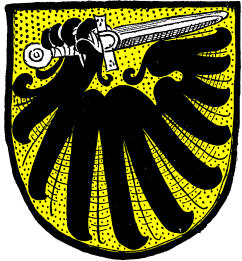 |
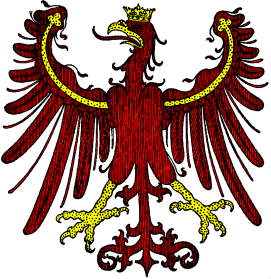 |
| FIG. 443.--Arms of Duke of Calabria. | FIG. 444.--Eagle of Tyrol. |
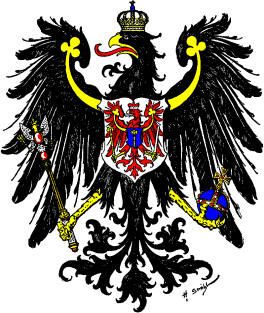 |
| FIG. 445.--Arms of the prussian Province of Brandenburg. (From Ströhl's Deutsche Wappenrolle. |
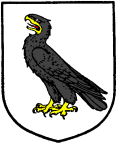 |
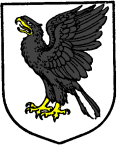 |
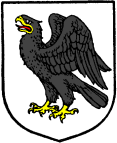 |
| FIG. 446.--Eagle close. | FIG. 447.--Eagle rising, wings elevated and addorsed. | FIG. 448.--Eagle rising, wings addorsed and inverted. |
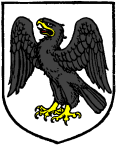 |
| FIG. 449.--Eagles rising, wings displayed and inverted. |
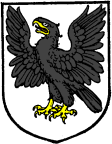 |
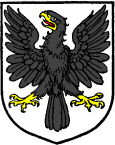 |
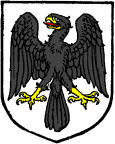 |
| FIG. 450.--Eagle rising, wings elevated and displayed. | FIG. 451.--Eagle displayed. | FIG. 452.--Eagle displayed with wings inverted. |
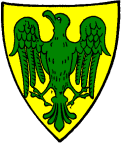 |
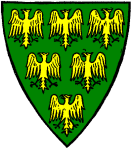 |
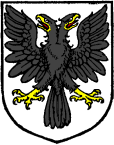 |
| FIG. 453.--Arms of Ralph de Minthermer, Earl of Gloucester and Hereford: Or, an eagle vert. (From his seal, 1301.) | FIG. 454.--Arms of Piers de Gaveston, Earl of Cornwall (d. 1312): Vert, six eagles or. | FIG. 455.--Double-headed eagle displayed. |
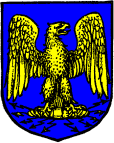 |
| FIG. 456.--Napoleonic Eagle. |
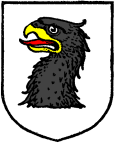 |
| FIG. 457.--Eagle's head couped. |
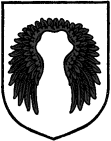 |
| FIG. 458.--A pair of wings conjoined in leure. |
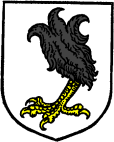 |
| FIG. 459.--An eagle's leg erased à la quise. |
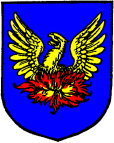 |
| FIG. 460.--Phœnix. |
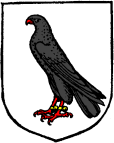 |
| FIG. 461.--Falcon. |
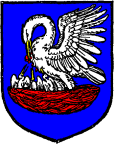 |
| FIG. 462.--Pelican in her piety. |

 states that in early representations of the bird it was depicted in a more naturalistic form, but I confess I have not myself met with such an ancient representation.
states that in early representations of the bird it was depicted in a more naturalistic form, but I confess I have not myself met with such an ancient representation.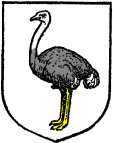 |
| FIG. 463.--Ostrich. |
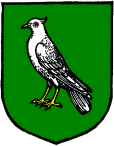 |
| FIG. 464.--Dove. |
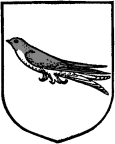 |
| FIG. 465.--Martlet. |
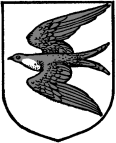 |
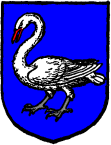 |
| FIG. 466.--Martlet volant. | FIG. 467.--Swan. |
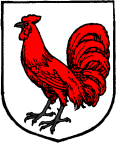 |
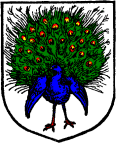 |
| FIG. 468.--Cock. | FIG. 469.--Peacock in his pride. |
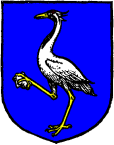 |
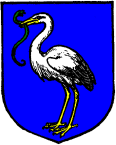 |
| FIG. 470.--Crane in its vigilance. | FIG. 471.--Stork holding in its beak a snake. |
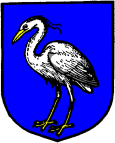 |
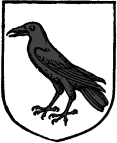 |
| FIG. 472.--Heron. | FIG. 473.--Raven. |
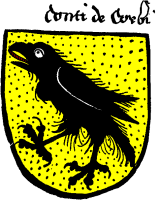 |
| FIG. 474. |

 Ströhl suggests it may be of "Corbie" in Picardy, but the identity of the arms leads one to fancy the name attached may be a misdescription of the English family of Corbet.
Ströhl suggests it may be of "Corbie" in Picardy, but the identity of the arms leads one to fancy the name attached may be a misdescription of the English family of Corbet.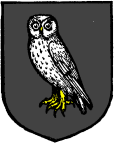 |
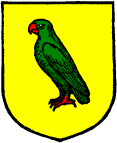 |
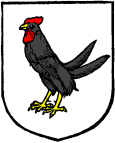 |
| FIG. 475.--Owl. | FIG. 476.--Popinjay. | FIG. 477.--Moorcock. |
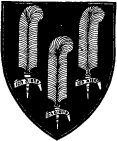 |
| FIG. 478.--The "Shield for Peace" of Edward the Black Prince(d.1376.): Sable, three ostrich feathers with scrolls argent. (From his tomb in Canterbury Cathedral.) |
*1 Upon a wreath of the colours, from a plume of five ostrich feathers or, gules, azure, vert, and argent, a falcon rising of the last; with the motto, "Malo mori quam fœdari."Two peacock's feathers in saltire will be found in the crest of a family of Gatehouse, and also occur in the crest of Crisp-Molineux-Montgomerie. The pen in heraldry is always of course of the quill variety, and consequently should not be mistaken for a single feather.